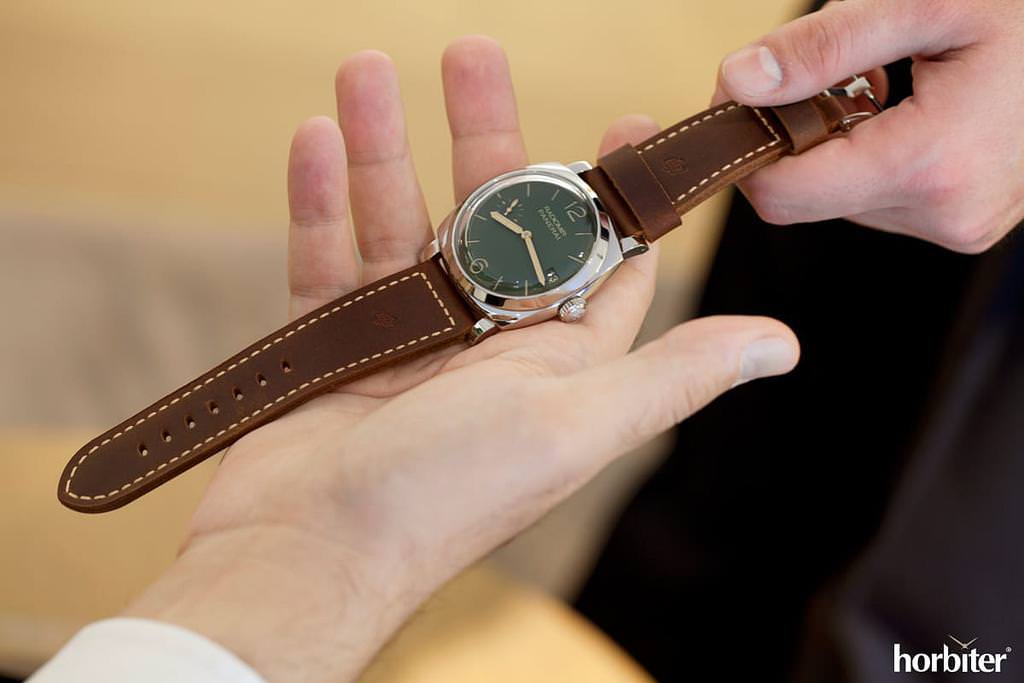Are you ready to change to Standard Time on 30 October 2021? Next Sunday, in the early morning, be prepared to move your wrist watch’s hour hand backward by one hour if you’re living in a country where the DST (Daily Saving Time) or Summer Time rule applies. According to where the above applies, when should we set our clocks backward? If you’re healthy and precise enough to do it overnight, you should put the hour hand back, one hour, at 3AM between Saturday 30 October 2021 and Sunday 31 October 2021. By doing so, we’ll sleep one hour more than expected.
When is the Standard Time going to change once again in 2022?
Summertime 2022: Standard Time will last until March 2022, when we’re going to get back to DST once again. The time change should be performed overnight, between Saturday 26 March 2022 and Sunday 27 March 2022. As a consequence, clocks will be set one hour forward.
 If you are lucky enough to own a mechanical watch allowing the hour hand to be set independently from the minute hand, the operation is smarter and avoids slightly affecting the minutes’ handset. Two great examples of this kind are the Panerai Radiomir PAM 735, equipped with the P3000 caliber (photo above), or the Bulgari Octo Finissimo Chronograph GMT pictured on top of this article, which allows you to change the hour hand by merely pressing the squared button placed on the left side of the case. Adjusting a smartwatch or a quartz watch is as simple as it gets, instead.
If you are lucky enough to own a mechanical watch allowing the hour hand to be set independently from the minute hand, the operation is smarter and avoids slightly affecting the minutes’ handset. Two great examples of this kind are the Panerai Radiomir PAM 735, equipped with the P3000 caliber (photo above), or the Bulgari Octo Finissimo Chronograph GMT pictured on top of this article, which allows you to change the hour hand by merely pressing the squared button placed on the left side of the case. Adjusting a smartwatch or a quartz watch is as simple as it gets, instead.
Will the time change be one day abolished? Regarding summer vs. standard time in Italy.
In 2018, between July and August, the European committee discussed a proposal by Northern countries like Poland and Finland, for instance, to get this rule abolished: the poll resulted in 80% voting for this rule to be canceled sometime soon. However, this decision was not entirely undertaken by all the countries, firstly due to different geographical positions. Among those belonging to Central and Southern Europe, for example, behaviors were slightly different: Italy has filed a formal request to keep the current rule, consisting of six months under DST, and the remaining six, under standard time, to help maximize energy saving. Conversely, France opted for a no-standard-vs-summer-time rule any longer.
(Photo credit: Horbiter®)
Editorial Staff @Horbiter®

